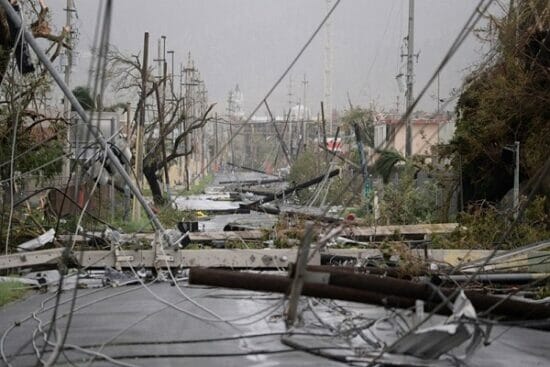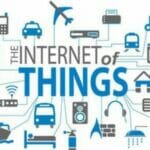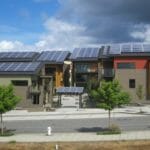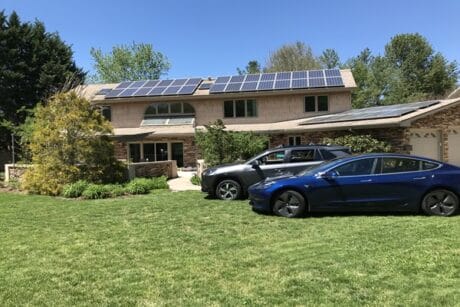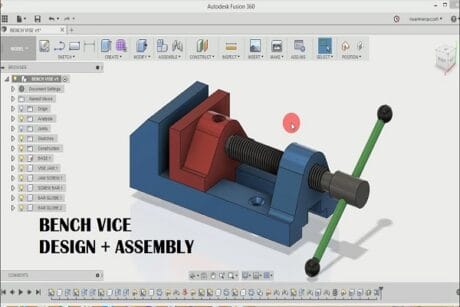No products in the cart.
- Course No E – 2005
- PDH Units: 6
Course No E - 2005
PDH Units: 6
- Course No E – 2005
- PDH Units: 6
Course No E - 2005
PDH Units: 6
Intended Audience: Electrical, Mechanical , Environmental and Energy Engineers.
PDH UNITS: 6
Microgrids have been getting very popular post superstorm Sandy which caused major damage and customer disruption on the East Coast in 2012. There is a strong correlation between microgrids and system resiliency. The lower the utility’s reliability scores, the more lucrative microgrids will be. There are various definitions for microgrids, however, a microgrid is simply small or multiple customers that have local power resources to supply their partial or full load locally during utility interruptions. Most microgrids typically consisted of a small-scale gas-fired generator, i.e. fuel-cell or combined heat & power (CHP); however, many states have recently adopted an opposing view of natural gas resources, thus many microgrids have replaced the natural gas resources with distributed energy resources (DERs), i.e. solar and energy storage. Also, being that microgrids are expensive to build, operate, and maintain, many microgrids will now operate in parallel with the grid on a 24/7 basis instead of during major utility disturbances. Electric vehicles will play a critical role as well. This paper will address key technical and regulatory challenges that are impeding the further adoption of microgrids. President Biden and the Department of Energy have been focusing on microgrids and providing the necessary financial support to further advance their designs and address all the known challenges. Operating a microgrid that relies on DERs whose generation varies with the weather is more complex and requires advanced tools to match load and intermittent generation. Microgrids are very complex and expensive, the cost and complexity increase significantly if the microgrid will supply remote buildings, i.e. safety precautions, O&M, communication, protection, control, failure to operate as desired during an actual event, controller to balance generation, and load, etc.
Learning Objectives
At the successful conclusion of this course, you’ll be able to identify and discuss:- Various microgrid designs
- Role of natural gas resources
- Challenges associated with replacing natural gas resources with distributed energy resources
- Operating in parallel vs. in island mode
- Challenges operating a microgrid
- Regulatory & technical challenges
- Required ongoing maintenance
- Developer vs. utility operation
- Pre, during, and post-storm operation modes
- Top microgrid controller vendors
- Post-storm Sandy challenges
Once completed, your order and certificate of completion will be available in your profile when you’re logged in to the site.

